A balloon with mass m is descending down with an acceleration a (where a <g). How much mass should be removed from it so that it starts moving up with an acceleration a?
A.

When the balloon is descending down with acceleration a,
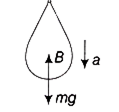
So, mg - B = mx A ... (i)
where B is the buoyant force.
We assume here that while removing same mass, the volume of balloon and hence buoyant force will not change.
Let, us assume the new mass of the balloon is m'.
So, mass removed is (m-m')
Therefore,
B-m'g = m'x a ... (ii)
On solving equations (i) and (ii), we have
mg - B = m x a
B - m'g = m' x a
mg - m'g = ma + m'a
(mg - ma) = m' (g+a) = m (g-a) = m' (g+a)
That is,

That is, mass removed is m-m'
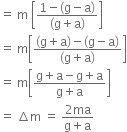
 are two vectors and θ is the angle between them if
are two vectors and θ is the angle between them if  the value of θ is:
the value of θ is:
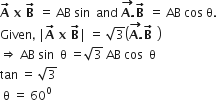






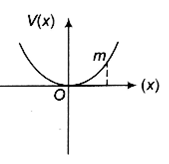
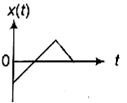
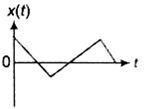
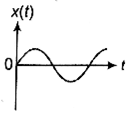
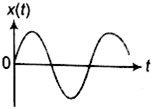








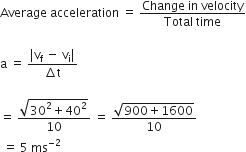
 N, where
N, where  are units vectors along X and Y axis. What power will be developed by the force at the time (t)?
are units vectors along X and Y axis. What power will be developed by the force at the time (t)? +3t2
+3t2  ) N,
) N, are unit vectors along X and Y axis.
are unit vectors along X and Y axis.




 + 3t2
+ 3t2  ).(
).( )
)